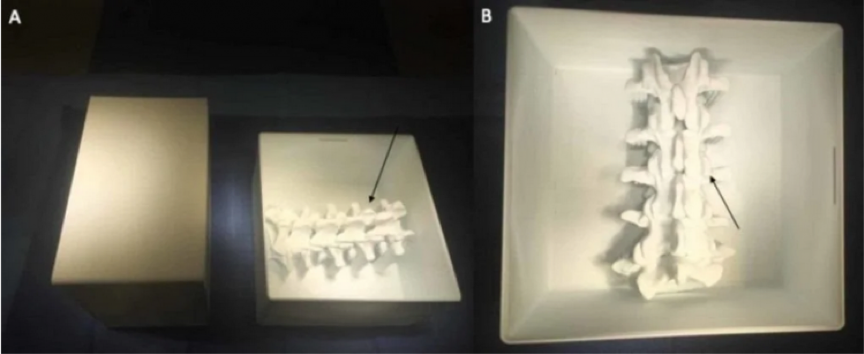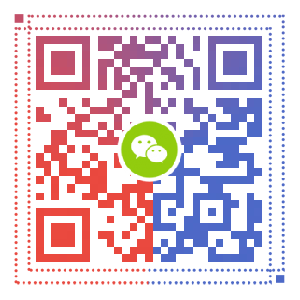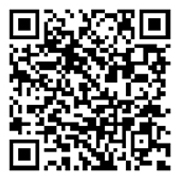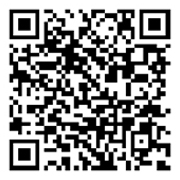分享知识一直是梅奥医学中心的愿景,梅奥医学中心神经外科的3D打印实验室(B.R.A.I.N,生物技术研究和创新神经科学实验室)的专家们已经为住院医师和医科学生在脊柱解剖与椎弓根螺钉固定方面的教学,设计了第一个开源的3D打印模拟器。
Also known as SpineBox, the simulatordesign can be 3D printed on any desktop device, has a total cost of under 10dollars, can be disseminated to neurosurgical and orthopedic residents trainingin spinal surgery to continue their practice during the current operativefurlough, and the STL file can be downloaded for free at the Autodesk Online Gallery,or by following the linkhere.

该模拟器被称为“SpineBox”,可以在任何桌面级3D打印机上进行打印,成本不到10美元,可以发给接受过脊柱外科手术培训的神经外科和骨科住院医师,以便在休术期间继续他们的实践,而STL文件可以在Autodesk在线图库免费下载,或者通过此链接下载。
https://gallery.autodesk.com/projects/147986/assets/520762/embed
The creators of SpineBox and co-founders of B.R.A.I.N., William Clifton, a neurosurgery resident at the Mayo Clinic inFlorida, and Aaron Damon, a researcher and lab specialist at the SimulationCenter at the Mayo Clinic, recently published a paper in Cureus describing theprocess behind their development, as well as its uses in anatomical educationand training for pedicle screw placement in the lumbar region of the spine.
SpineBox的设计者和B.R.A.I.N的共同创始人,威廉克利夫顿Willian Clifton,同时也是一位佛罗里达梅奥医学中心的神经外科住院医师,和亚伦达蒙——一位梅奥医学中心模拟中心的研究员和实验室专家,两人最近在Cureus上发表了一篇论文,论文描述了他们的研发过程,以及SpineBox在脊柱腰椎椎弓根螺钉固定的解剖学教育和训练中的应用。
The study aims to provide institutionsacross the world with an economical and feasible means of spine surgerysimulation for neurosurgical trainees and to encourage other rapid prototypinglaboratories to investigate innovative means for creating educational surgicalplatforms. According to the authors of the article, the rarity of cases andrelatively low general incidence of neurosurgical diseases—compared to othersurgical subspecialties—presents challenges to ensure that trainees haveadequate exposure to procedures that can help them become well-trained surgicalphysicians.
该研究旨在为世界各地的医疗机构提供一种经济可行的方法来模拟脊柱外科手术,并鼓励其他快速原型实验室研究创新的方法来设计教育外科手术平台。依据文章所述,与其他外科专业相比,神经外科疾病的病例较少且总体发病率相对较低,这让受训者难以充分接触手术流程,给他们成为训练有素的外科医生带来了挑战。
Moreover, as the world came to a halt amidthe coronavirus pandemic, medical students were sidelined from their trainingas schools ended contact with patients. In the United States, 90,000 medicalstudents have responded with grassroots efforts to secure masks, staff-patientcall centers, and even provide childcare for healthcare workers who need to beat the frontlines. Even if students go back to school sometime this year, thecurrent global situation has proven how important it is to have access tolearning tools that are mobile and independent of hospital-related conditions.
- 还没有人评论,欢迎说说您的想法!



